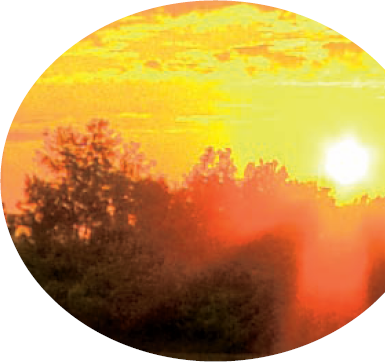Chapter 5. Bracketing Exposures for HDR
In This Chapter
Deciding how many brackets to shoot
Comparing differences
Bracketing with exposure compensation
Manual bracketing
Shooting automatic brackets
Using an external light meter
Bracketing, the technical heart of HDR, is the photographic process you use to shoot differently exposed photos of the same scene. Each photo contains a segment or slice of the total dynamic range that was present. Together, they capture something close to what you see with your eyes.
It sounds simple enough. Shoot a few photos of a scene and then have the software put it all together as an HDR image that you tone map. When you get ready to take the photos, however, several questions come to mind.
How many brackets do you need? Two, three, four, or more?
What exposure value (EV) distance should you use: +/−1.0 EV or +/−2.0 EV? More? Less?
How do you shoot brackets on different cameras with different capabilities?
How do you shoot multiple sets of auto exposure bracketing (AEB) of a single scene?
Can you use an external light meter?

The answers to these questions — the subjects of this chapter — provide a firm foundation for you to shoot digital HDR photography with many different types of cameras in all sorts of situations.
Big Answers for Big Bracketing Questions
The two fundamental questions that dominate most discussions of HDR are
How many brackets do you need to shoot? ...
Get High Dynamic Range Digital Photography For Dummies® now with the O’Reilly learning platform.
O’Reilly members experience books, live events, courses curated by job role, and more from O’Reilly and nearly 200 top publishers.

